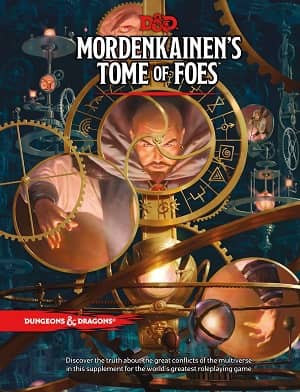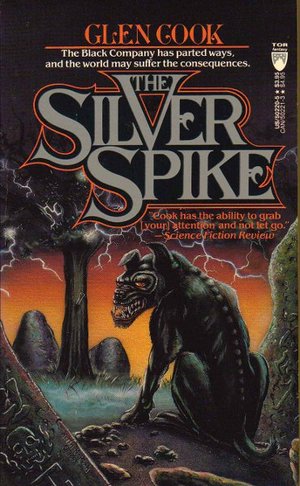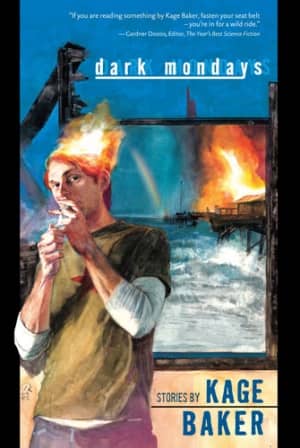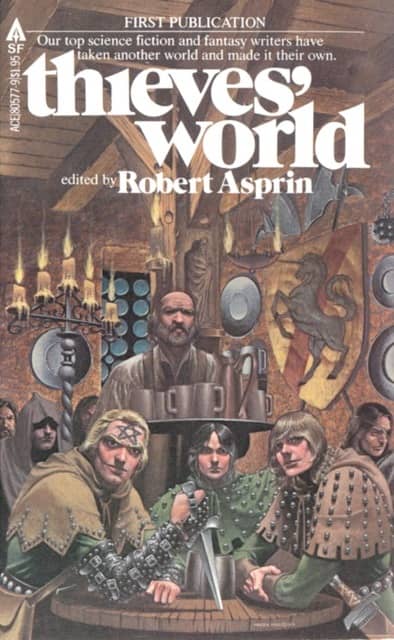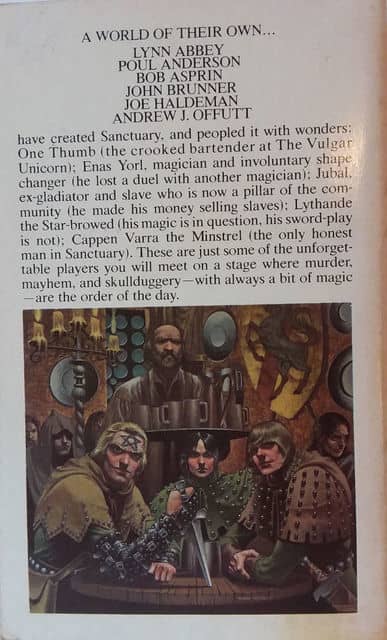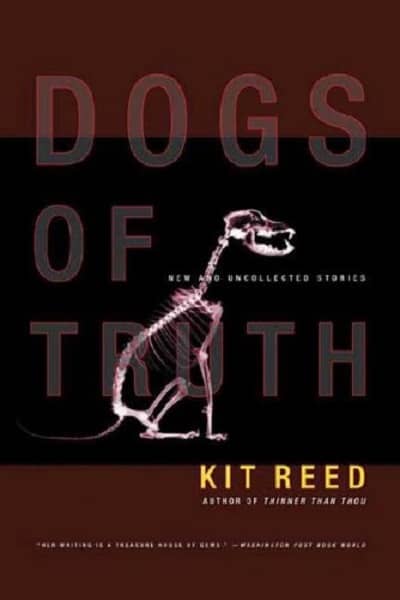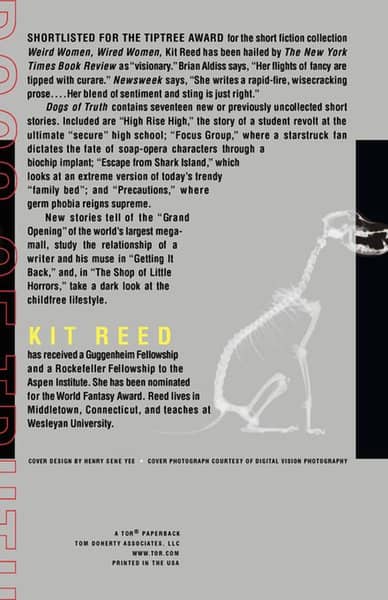Birthday Reviews: Yves Meynard’s “Tobacco Words”
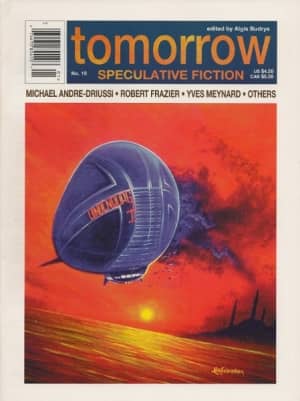
Yves Meynard was born on June 13, 1964.
Meynard’s novel The Book of Knights was nominated for the Mythopoeic Award and his anthology Tesseracts5, co-edited with Robert Runté, was nominated for the Aurora Award. He won the Aurora Award for his novellas “L’Enfant des mondes assoupis,” “La Marveiolleuse machine de Johann Havel,” “L’Envoyé,” “Équinoxe,” and “Une letter de ma mère.” He won the Aurora for best book for La Rose du desert. In 1994, he won the Quebec Grand Prize for Science Fiction and Fantasy. He served as the literary director for Solaris from 1994 until 2002. He has collaborated with Élisabeth Vonarburg and Jean-Louis Trudel, occasionally using the pseudonym Laurent McAllister for the latter collaborations.
“Tobacco Words” was originally published by Algis Budrys in Tomorrow Speculative Fiction #19 in February 1996. David G. Hartwell selected the story for inclusion in Year’s Best SF 2 the following year and in 1998 the story was translated into Italian by Annarita Guernieri as “parole di fumo” when Hartwell’s anthology was published by Arnoldo Mondadori Editore.
Yves Meynard’s “Tobacco Words” is set on a space station with a strange culture. The story focuses on Caspar, a twelve year old boy who can’t speak, and his sister, Flikka, who hears the sins of those who travel between the stars. In this world, their sins can have deadly affects if not confessed and absolved, although Meynard never offers any explanation for the phenomenon.
Meynard fills the story with details of three characters: the grandmother who is traveling through the universe at relativistic speeds, and whose life is broadcast to their home in slow motion; Aurinn, a first timer who doesn’t believe she has any sins, but when she confesses and is absolved winds up hospitalized; and an alien, whose sins are more human than those found in humans.
